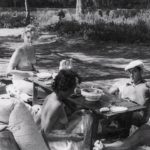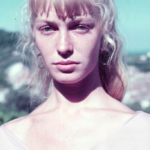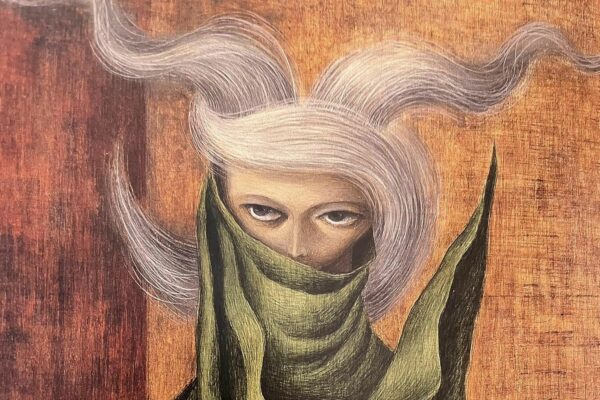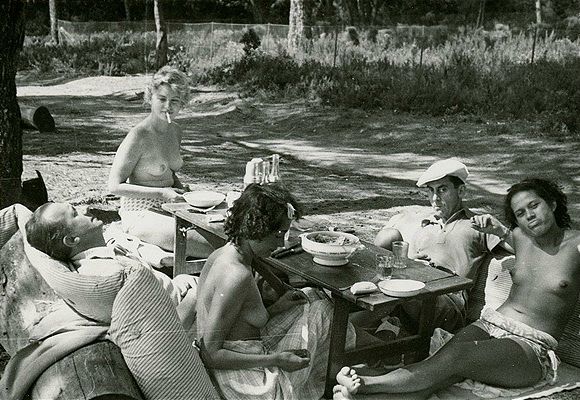
Let us rewind to the sizzling summers of 1936 and ‘37 to holiday on the French Riviera with Pablo Picasso and his international ensemble of friends at the Hotel Vaste Horizon, a modest boarding house nestled in the old town of Mougins. The warren of intimate rooms and courtyards would be the summer home to the ensemble of likeminded libertine creatives and radical surrealist artists, including Man Ray, Jean Cocteau, Dora Marr, Max Ernst, Leonora Carrington, Paul Éluard, his wife Nusch and Lee Miller. Many a love triangle would ensue as these multi-talented, über-elegant individuals squeezed each morsel of pleasure from every sun-soaked day on the eve of the war.
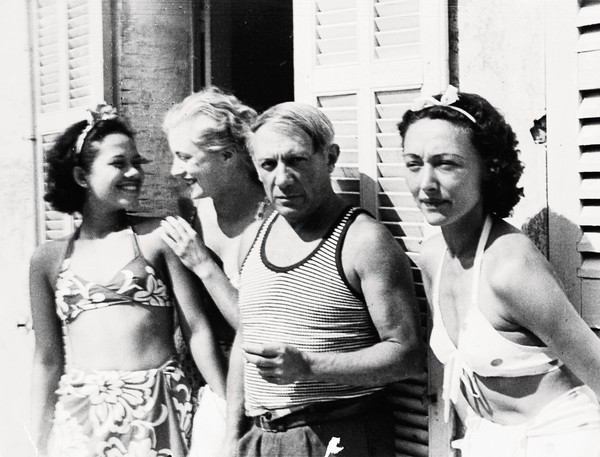
Ady Fidelin, Lee Miller, Picasso and Nusch Éluard at the Hotel Vaste Horizon © Roland Penrose
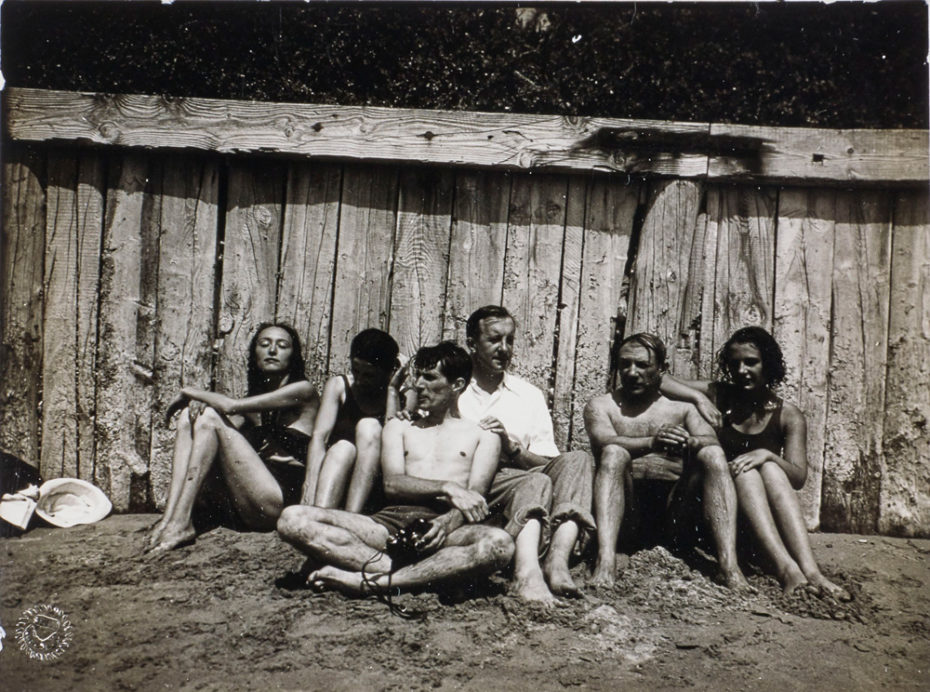
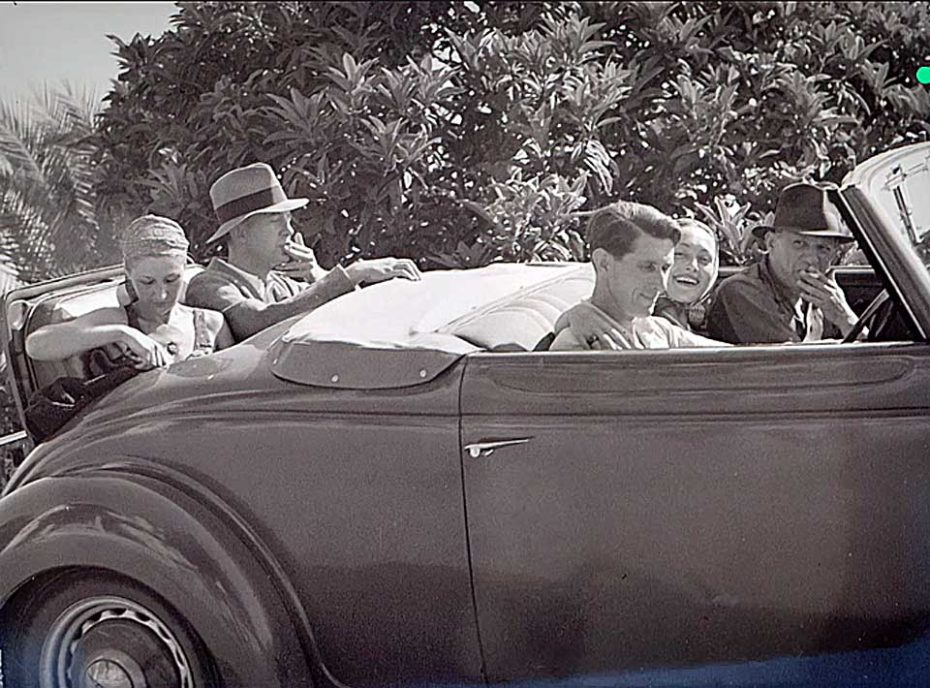
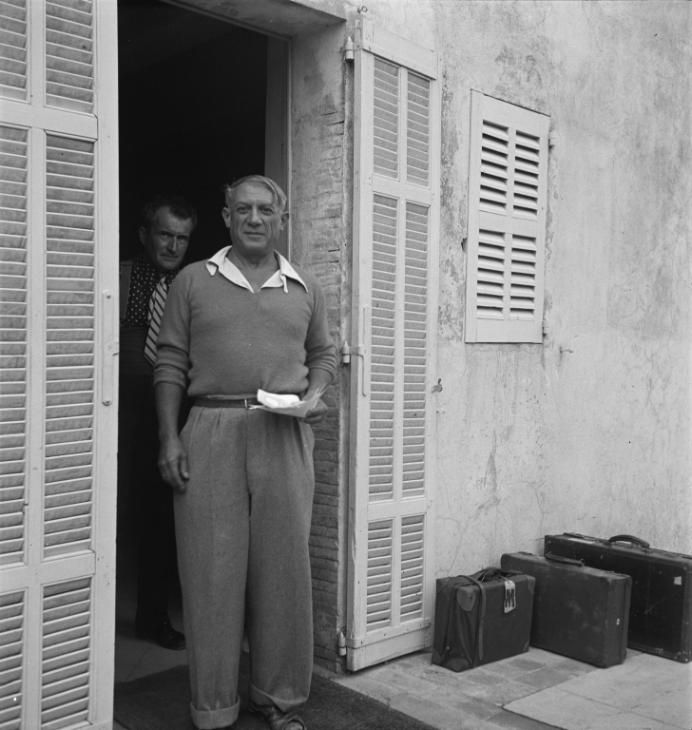
Allegedly, when he first arrived at Hotel Vaste Horizon, Picasso immediately set about painting the walls in his room, only to be told to cover over his work with white paint the next day by the hotel owner. But those very walls at Hotel Vaste Horizon witnessed the start of a passionate love affair between Picasso and the exquisite Dora Maar. Their liaison – often coined the greatest love affair of all times – would last almost a decade. Maar was also the ex lover of Man Ray, who had arrived on the Cote d’Azur that summer with his new love interest and muse, a stunning, high-spirited young Guadeloupean dancer called Adrienne ‘Ady’ Fidelin.
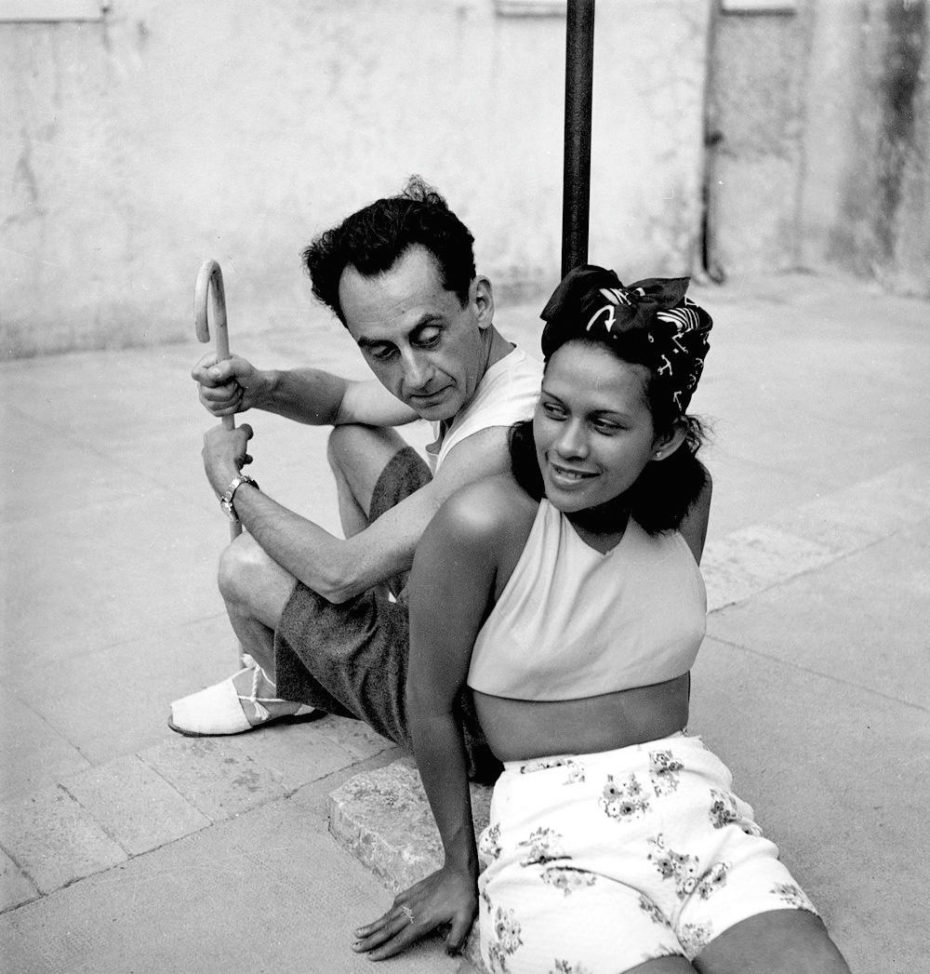
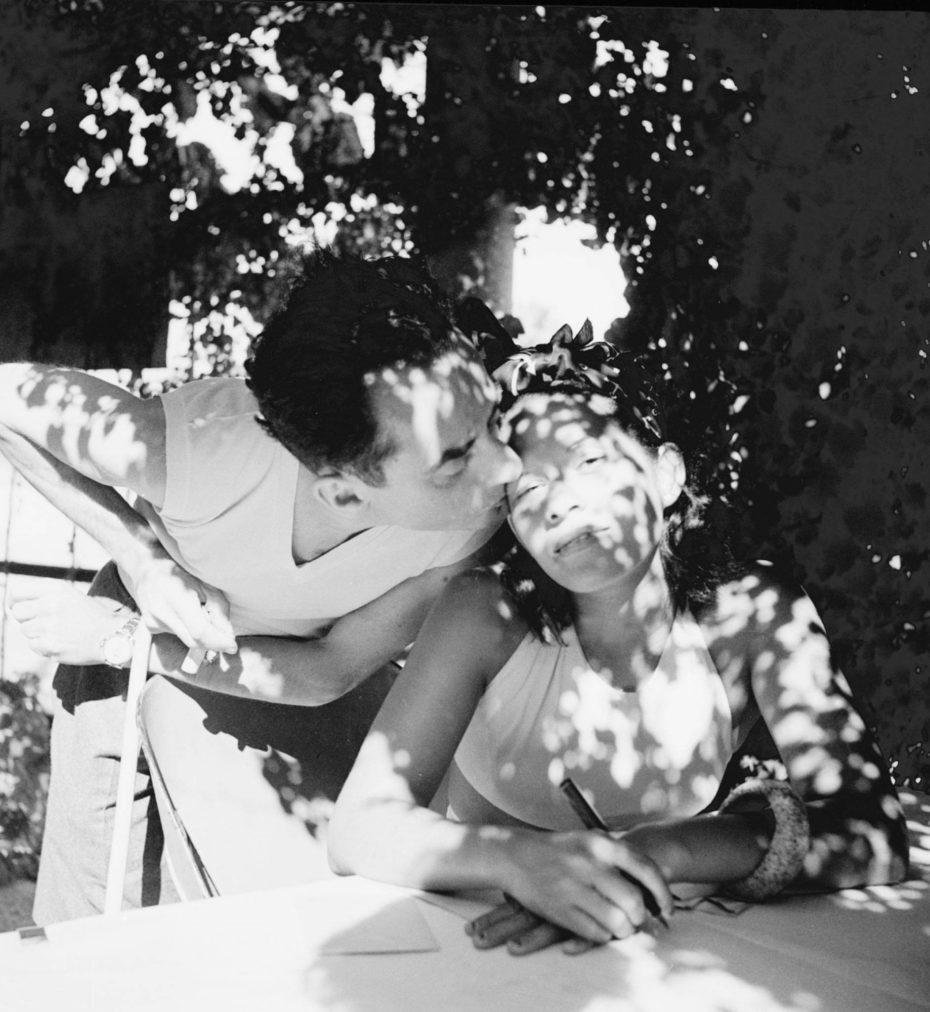
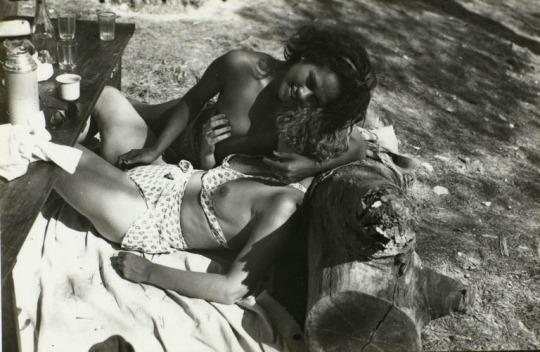
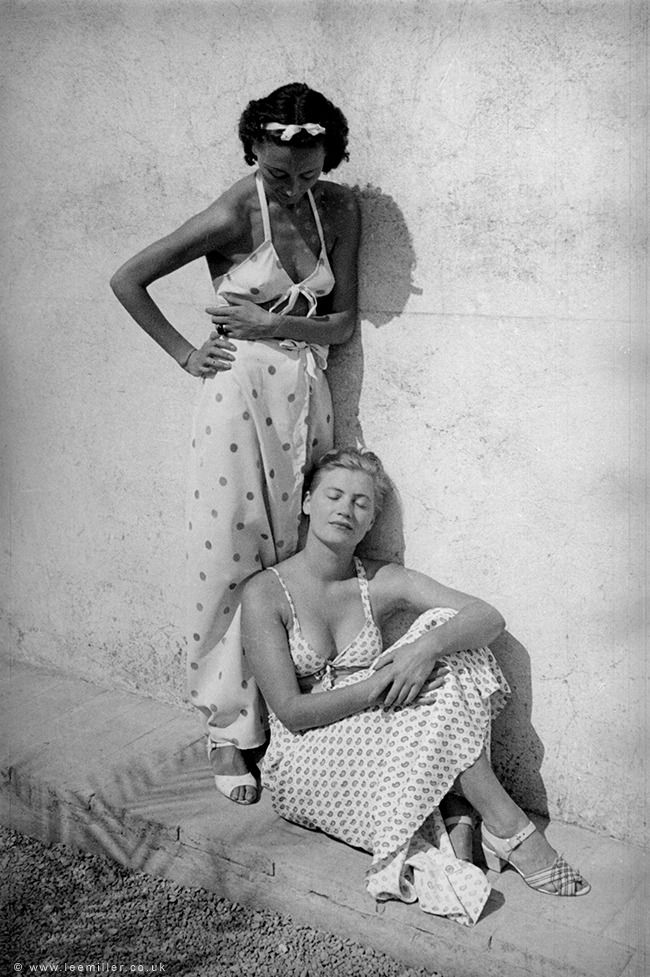
American beauty, aristocrat, photographer and photojournalist (the one who bathed in Hitler’s tub), ‘Elizabeth’ Lee Miller came too, with her future husband (British collector Roland Penrose), but only a few years earlier, she and Man Ray had famously been madly in love in Paris. And then there was surrealist poet Paul Éluard and his wife, Nusch, who posed nude for Man Ray in photographs that were published alongside her husband’s love poems. The three friends had formed a ménage à trois (or possible à quatre) both professionally and privately; Man Ray’s film Un été à la Garoupe more than hints at sexual flings and frolics between the nymph-like Nusch Éluard and his own companion Ady Fidelin.
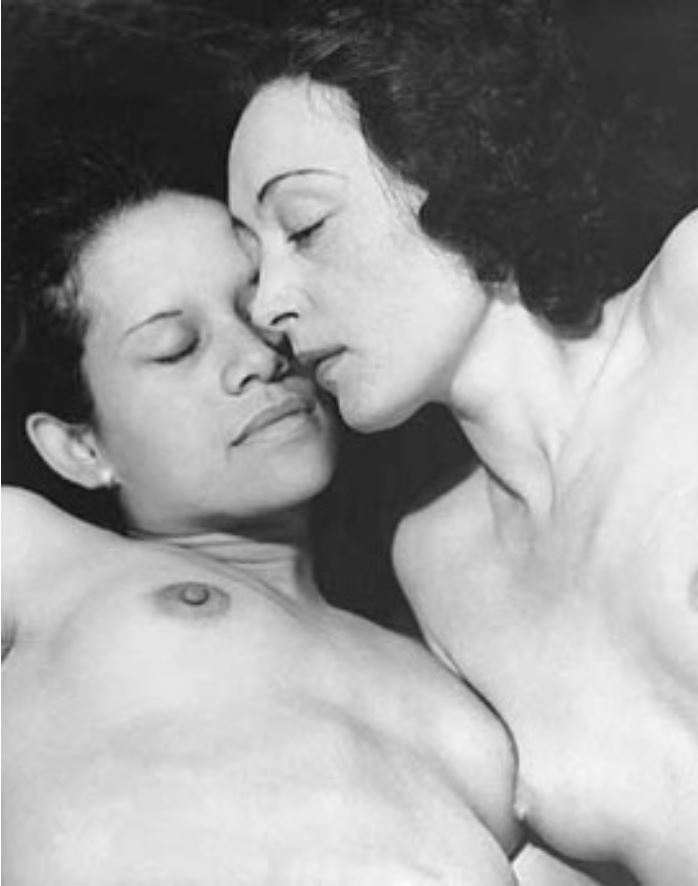
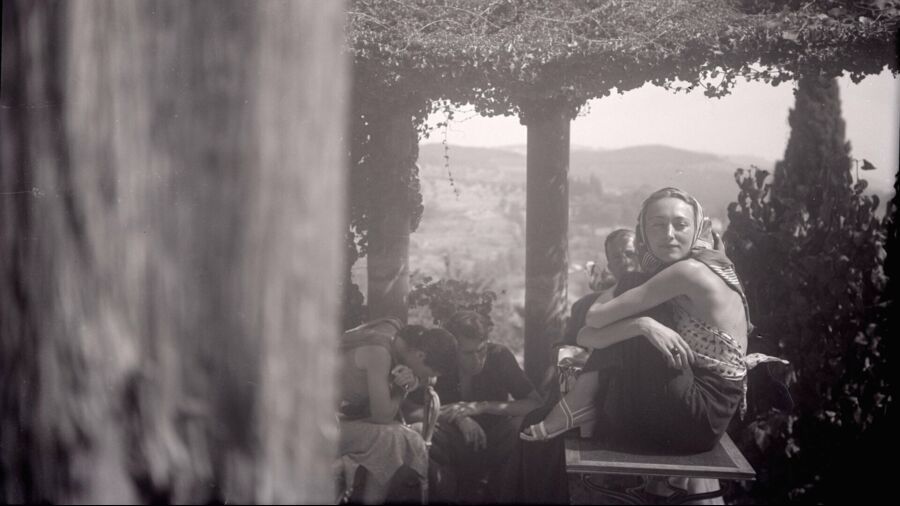
To come perhaps full circle, Picasso would also find a muse in Nusch, who went down in history as a particularly free spirit when it came to her sexuality, and paint numerous portraits of her in 1936. The pair even enjoyed a brief affair with the consent of Paul. Together this band of surrealists would all engage in a frenzied, heady creative cocktail of sun, sea and sex in the period around 1936 and 1937. Still with us?!
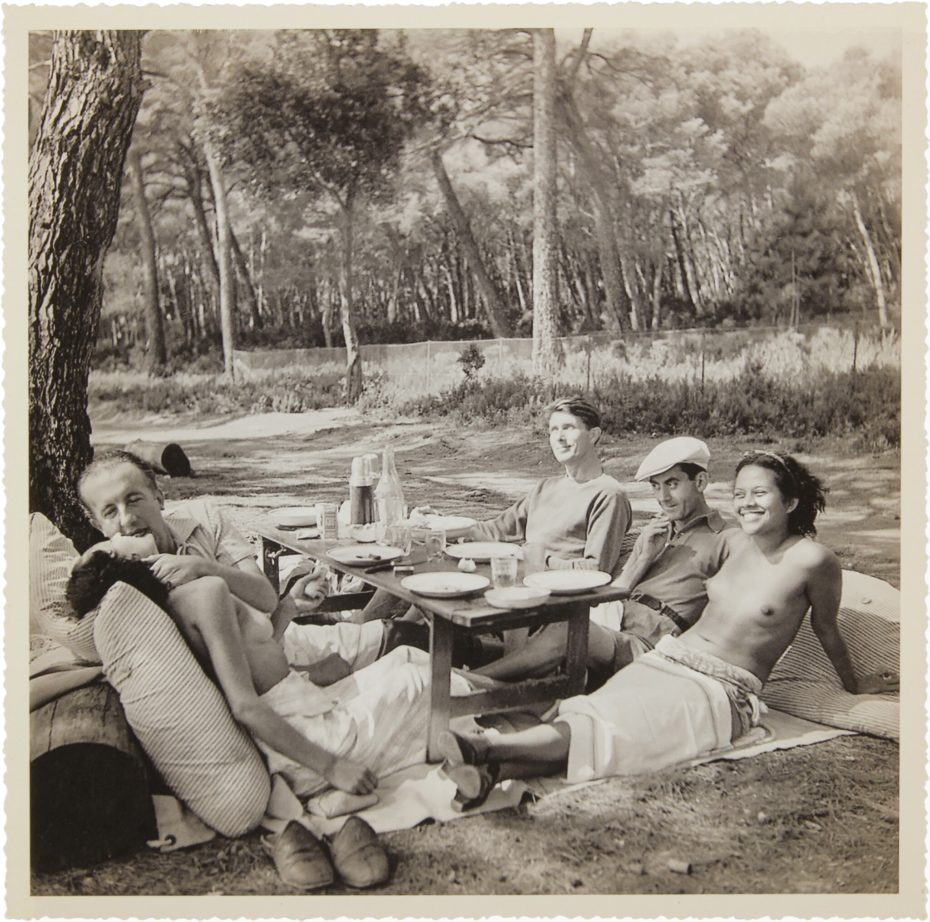
These summers in Mougins would never be repeated. The players, their games, the setting, the times could never come together again. Dark days loomed, the impending outbreak of World War II would usher in an era of conservatism and austerity. The joy of late 30s free society would not be felt again until the carefree days of the late ‘60s. Man Ray, not only obsessed by women, but infinitely captivated by the play of light in photography, by chance and aptly captured forever the close bond of this extraordinary circle;
“I had a new color film with me. Kodak had given me a whole supply of them to see what I could do. I was going to film in the light of the South, the friendship and the passion for art that bound us together.”
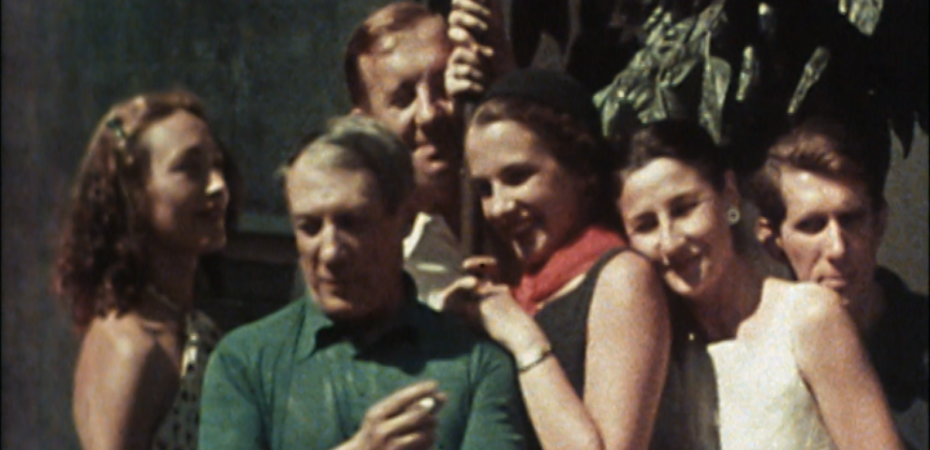
He went on to say, “It is not a question here of telling you about my life, but of evoking these few fertile weeks in search of pleasure, freedom and creation; how not to remember this past, the insolence of this summer happiness? For three years before the war, we had found ourselves in the South, reunited like a happy family; perhaps it was to ward off the fate of an uncertain future. Mougins was perched on the hill, people still traveled there on donkeys in the smells of pine and olive trees”.
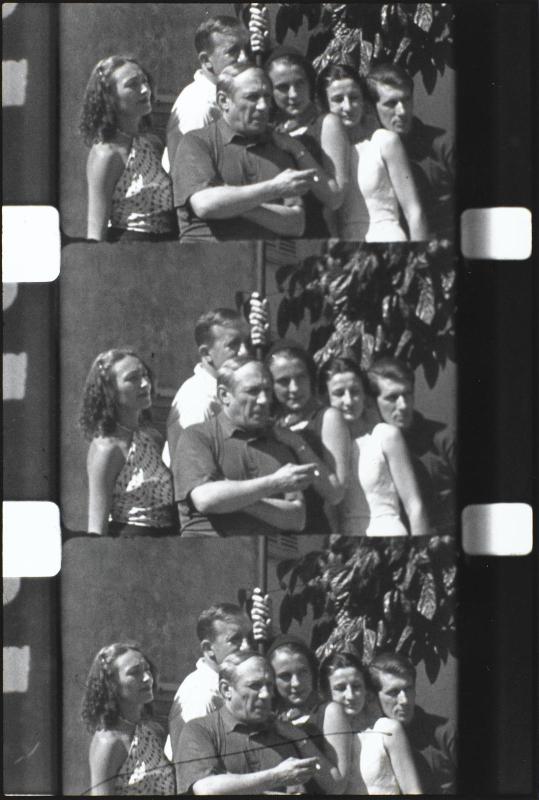
His short film Un été à la Garoupe exquisitely captured the spirit of pleasure and his obsession with light on form…
Of course, the surrealist movement largely overshadowed the role of women. The status between these frenetically creative individuals was not only fraught with inter-relationship issues, but it also had uncomfortable overtones of gender inequality. Talented women like Dora Maar and Nusch Éluard would later be referred to as ‘companions’, or ‘muses’, their creative contributions often overlooked or belittled and the artistic input of an ‘exotic’ model such as Ady Fidelin deliberately forgotten by the Surrealists. Of Ady Fidelin, Man Ray said, “She stops me from sinking into pessimism. She does everything: shining my shoes, making me breakfast, and painting the backdrops on my large canvases.” As a movement, Surrealism – particularly at the very start of it, was dominated by men, while their female counterparts demoted to the role of muse, model or lover.
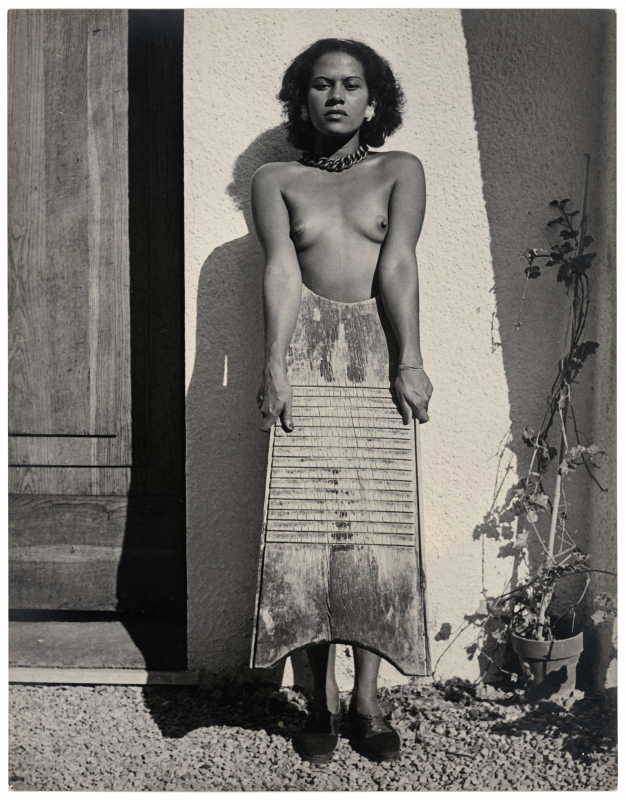
The truth is, in their own right, each of these individuals were exceptional. Nusch Éluard, for example, who was a circus performer before she met Paul Éluard, became an artist in her own right and created a series of surrealist collages that were later falsely attributed to her husband (which was not until the 1970s, several decades after her death). Dora Maar’s prolific career also almost disappeared down the cracks – while she ran a advertising studio with art director Pierre Kéfer, her work was often misattributed to him. Similar to Nusch Éluard, who bravely worked for the French Resistance during the Nazi occupation of France during World War II, Dora Maar also had political objectives outside of art and was an active member of Contre-Attaque, an anti-fascist group led by Breton and writer Georges Bataille. Lee Miller, together with Man Ray, rediscovered the photographic technique of solarisation and Jacqueline Lamba, a dear friend of Frida Kahlo’s, was an exceptional artist in her own right.
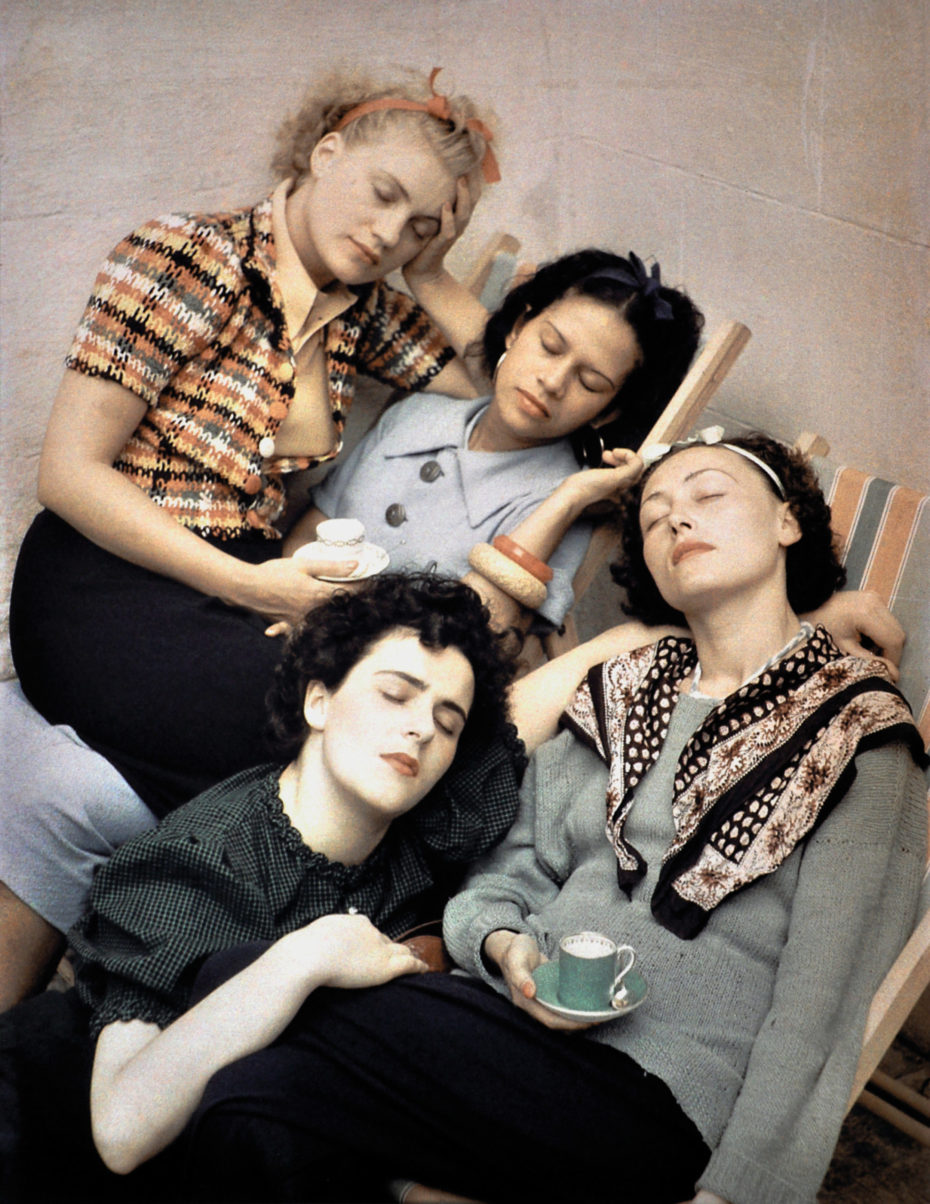
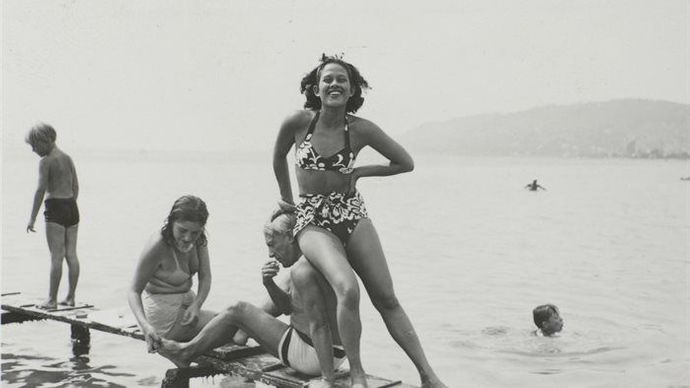
But let’s head back to the sweltering beach. The 15-minute drive from Mougins to the white sandy beach, ‘La Garoupe’ at Antibes was their daily pilgrimage ritual. By day they’d soak up the sun, oiled bodies in skimpy bathing suits (or topless) and by night they’d audaciously hold court in the local bars and restaurants, teasing the boundaries of promiscuity with their liberal views on art and love (and no doubt got the local tongues wagging over the ever-evolving combinations and permutations of partners).
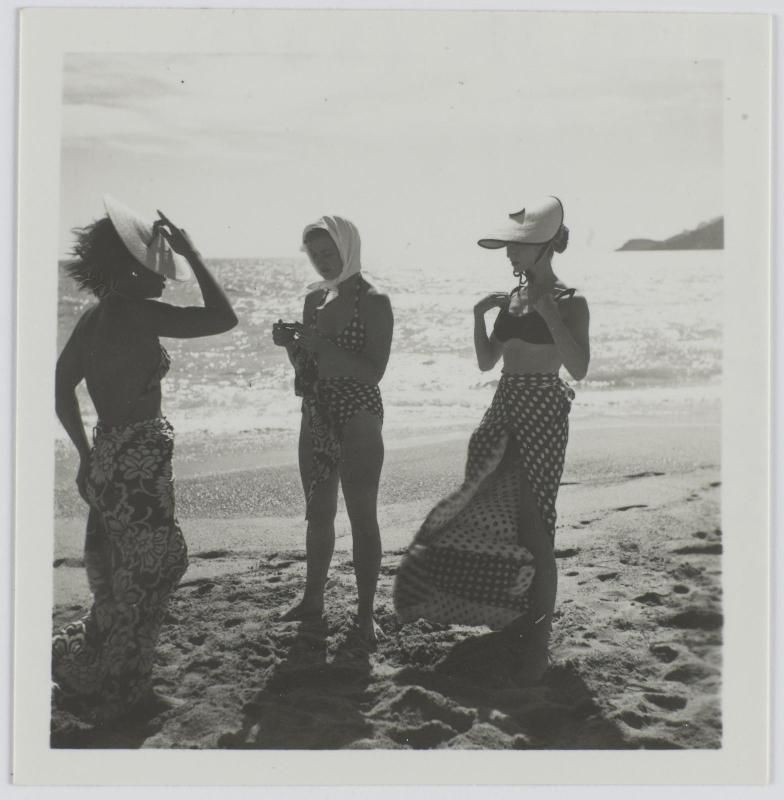
Work and play were inextricably intertwined as they were one other’s models and muses, posed for photographs and created art together. The intensity of their relationships seems to have driven the frenzy of their work. As artists, working in all media, they felt compelled to try to capture these precious moments in their own personal way.
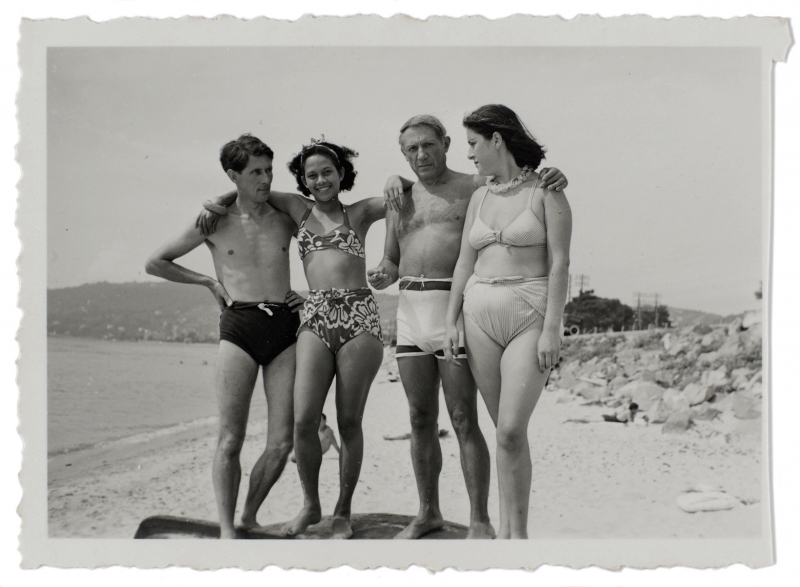
Picasso, while at play in Mougins, was able to formulate perhaps his greatest piece Guernica in 1937, the destruction of the Basque town by the Nazis. One gets the impression that these sensual, permissive and decadent summers fuelled all the creatives who were drawn to the insatiable cocktail of sun, sea and sex, and that they all evolved from it enriched in one way or another. The sultry decadence and divine pleasures of the flesh, the communal creative mojo and camaraderie were part and parcel of these mythical pre-war beach-based summers – play was work, pain was pleasure and work was play.

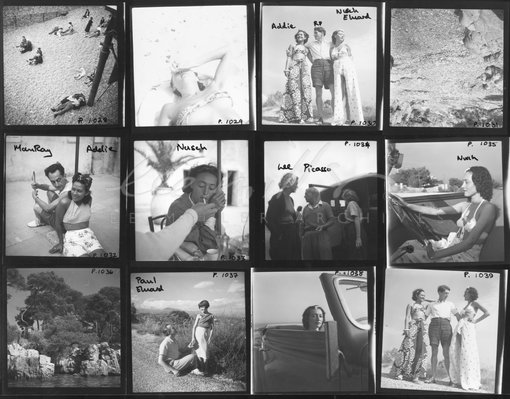
Want to summer like the surrealists? Check out this tiny, charming hotel in Mougins. They only have a few rooms, one of which includes a gypsy vardo! Here is their site: Les Rosees.


